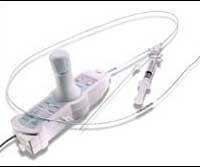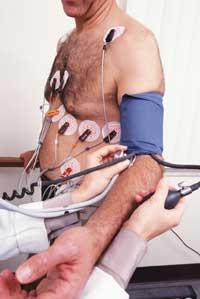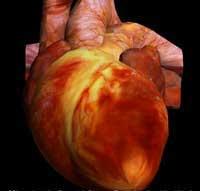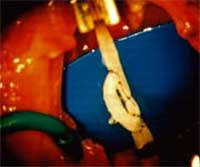Cold to form the heart
2002/01/22 Carton Virto, Eider - Elhuyar Zientzia
Angioplasty is a common technique for the formation of blocked arteries in the heart. The catheter with a small pump at the end is carried to the blocked artery, swells, and the blockage is extended. The cryoplasty they have presented in Miami is identical, but to inflate the pump nitrous oxide (NO) is used instead of the saline solution.

Nitrous oxide is the gas of laughter, but in this case it does not cause laughter. It reduces the temperature of the layer that obstructs the artery to -10 °C and causes cellular apoptosis, scheduled suicide. The technique has been developed at El Camino Hospital in California, and according to its doctor, James Joye, the damage to the blocked artery is less than angioplasty. It ensures that cryoplasty is as safe as angioplasty, with the same risks as angioplasty, but with fewer side effects.
Angioplasty usually leaves scars on the arteries and causes inflammation. As a result, a reobstruction of the arteries often occurs, requiring a second cut. With cryoplasty the walls of the artery suffer less and there is more chance of avoiding side effects.
Cryoplasty has been tested in Europe and South America in the arteries of the legs. 15 people have been treated and, nine months later, 12 have not undergone a second intervention, that is, they have not been closed again. Typically, 50-60% of patients need a second angioplasty in the arteries of the legs and 20-30% in cardiovascular.
In fact, the U.S. Food and Drug Administration (FDA) has approved the onset of heart artery clinical sessions and has begun phase one testing with about 100 people.

Gai honi buruzko eduki gehiago
Elhuyarrek garatutako teknologia






